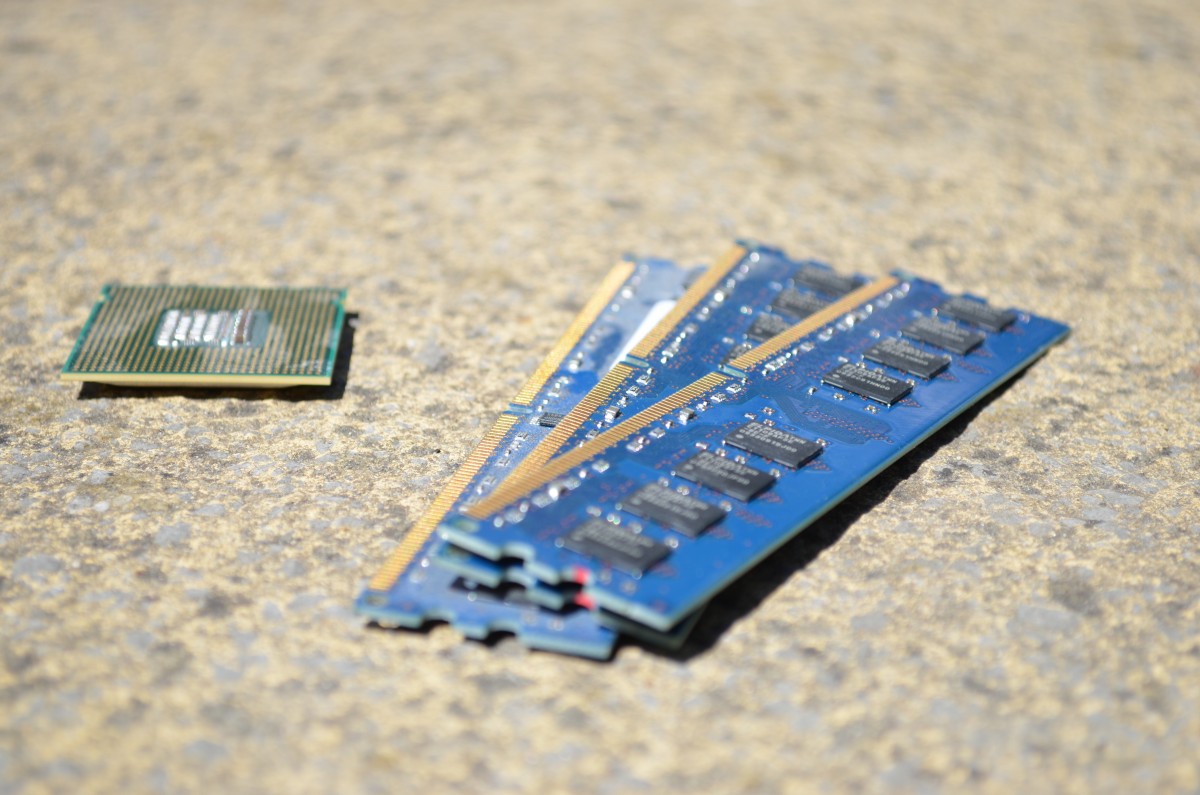This post goes over the process of resizing Aggregates LUNs & Volumes to resize VMware Datastores for NetApp FAS2650 SANs. The whole process in NetApp and VMware can be completed without any downtime. I’ll first just give a brief introduction to all the technology and then the process to resize everything.
Before you can resize datastores in VMware we need to increase the size of the LUNs within NetApp. Before you can do this you need to increase the size of the Aggregate. To understand the difference between LUNs and Aggregates NetApp have a really good article here. Here is a quick overview:
LUNs
A LUN is described as a logical representation of storage. It looks like a hard disk to the client. It looks like a file inside of a volume.
RAID Groups
Raid groups are protected sets of disks, consisting of 1 or 2 parity, and 1 or more data disks. We don’t build raid groups, they are built behind the scene when you build an aggregate. We are using RAID-DP which is described as: Data ONTAP reconstructs the data from one or two failed disks within a RAID group and transfers that reconstructed data to one or two spare disks as necessary. RAID-DP is the default RAID type for all aggregates.
Aggregates
Aggregates are collections of raid groups they will consist of one or more raid groups. Aggregates are the raw space in your storage system. You take a bunch of individual disks and aggregate them together into aggregates. But, an aggregate can’t actually hold data, its just raw space. you then layer on partitions, which in NetApp are called volumes. the volumes hold the data. To serve the volumes to the VMware clients we need to create LUNs.
Organising Storage
Storage can be arranged in to volumes, qtrees or LUNs. We are using LUNS as they connect via iSCSi to our vCenter to provide the datastores.
What was the difference between these volumes and LUNs?
Volumes are access via NAS protocols, CIFS/NFS
LUNS are accessed via SAN protocols, iSCSI/FCP/FCoE
Spare Disks
1. You don’t assign spares to aggregates, spares will be automatically used if a disk in one of the aggregates fails.
2. Aggregates are just made of the disks you assigned to them (or the RAID group you want to create), you don’t assign spare disks to it or there won’t be any automatic assignment of spare disk for a specific aggregate. Spares disk is a pool of disks that will be used if a disk fails in any of the 7aggregates.
3. Yes, you should always leave at least a couple of spares, obviously if you add more disks in aggregates the number of spares should increase proportionally. There is not a strict rule, it’s just a best practice to avoid risks of losing redundancy.
The process of resizing volumes is as follows:
1. Open the NetApp OnCommand System Manager> Aggregates & Disks> Aggregates
2. Right click on the Aggregate that you want to resize and click Add Capacity
3. Click Browse to select the Disk Type that you want to add to the Aggregate. In this case its obvious as we have 10 spare disks listed at 775.3GB each.
4. Select the number of disks that you want to add to the Aggregate and click Add.
5. Click Volumes and select the volume you want to resize. Click Actions and click Resize
6. Enter the new Total Capacity for the Volume and click Next and then Finish.
7. Click on the LUNs tab and select the LUN associated with the volume you have just resized.
8. Enter the new size of the LUN and click Save and Close.
9. Login to vCenter and right click on the datastore you want to extend. You then need to click the ‘Refresh Capacity Information’ button. The screenshot below shows no devices as there is currently no unused space.
10. Select the device with the unused space and click Next.

11. Next, you have to select the partitioning options. You can either use the full disk space or you can choose to create a smaller partition and leave some free space. You also have to choose the VMFS version, for us we can see this is VMFS 6 as below.
12. Check the summary and then click Finish.





















